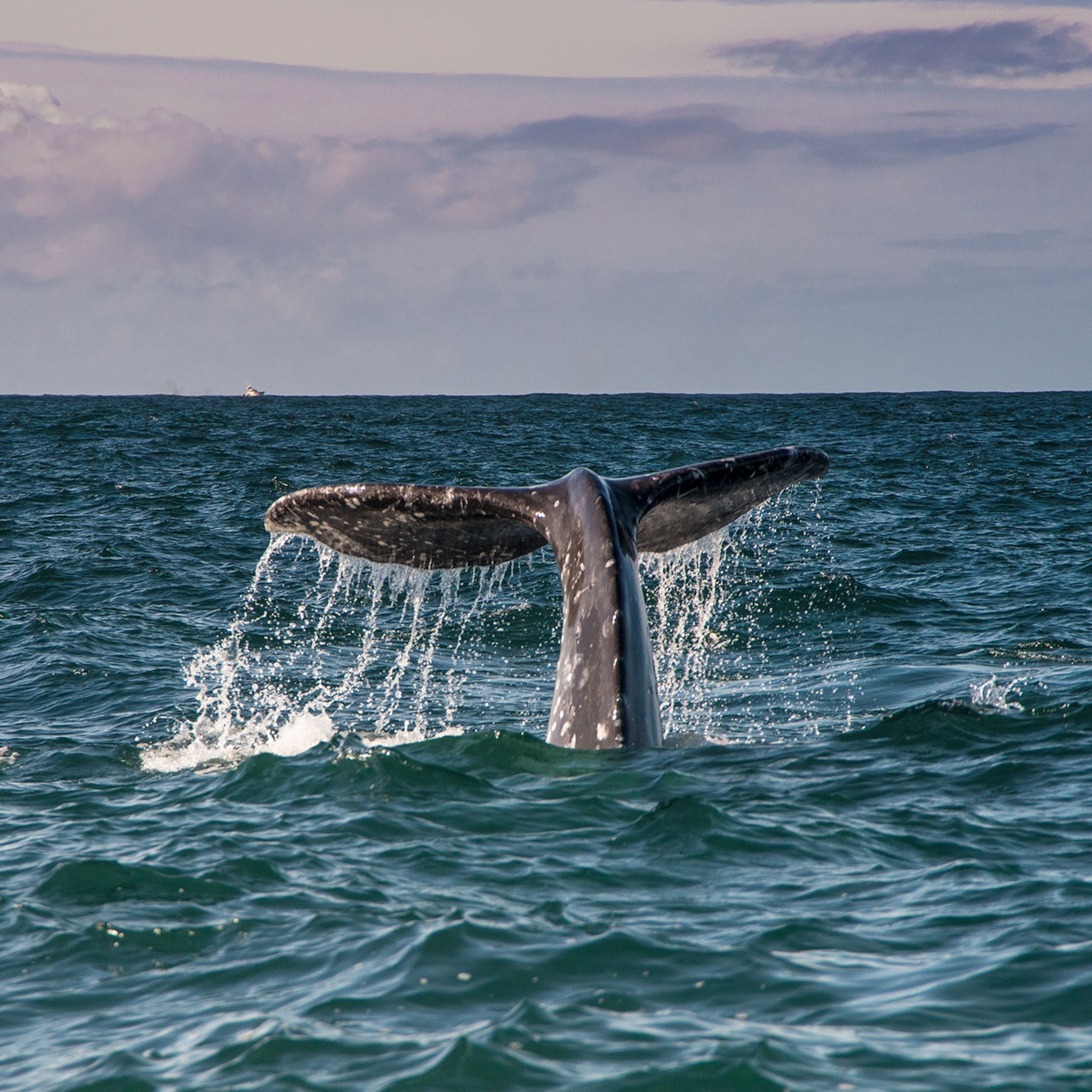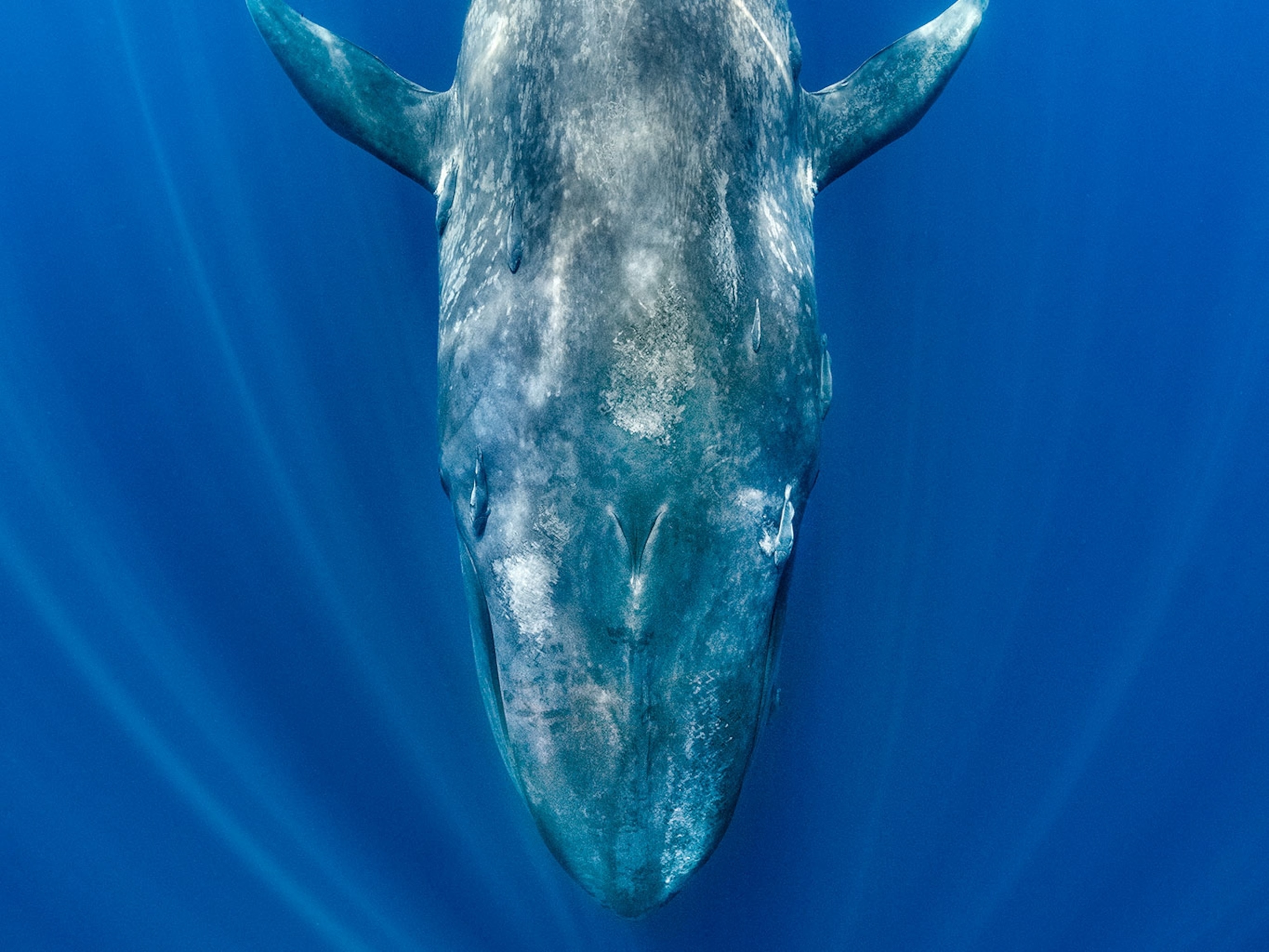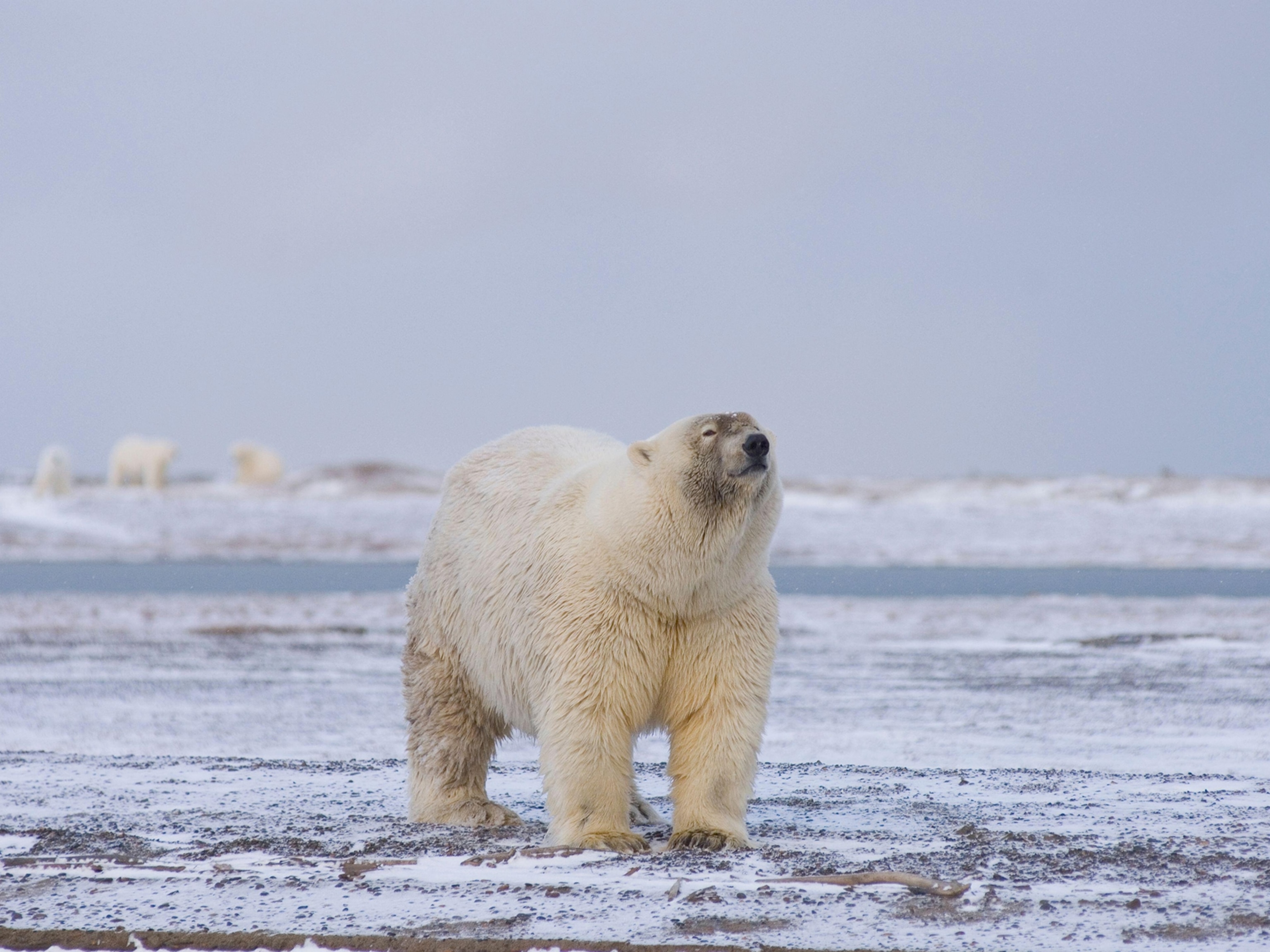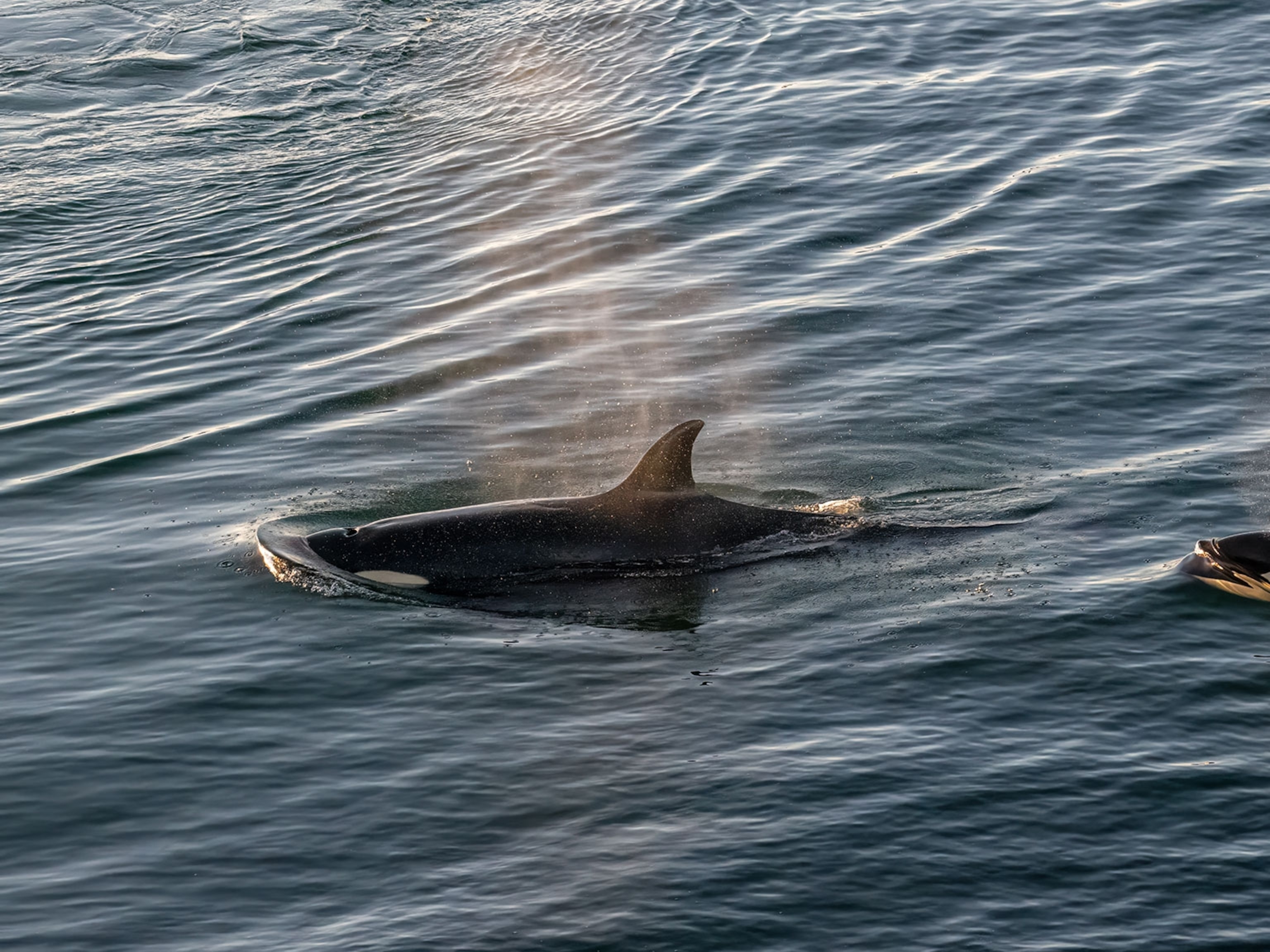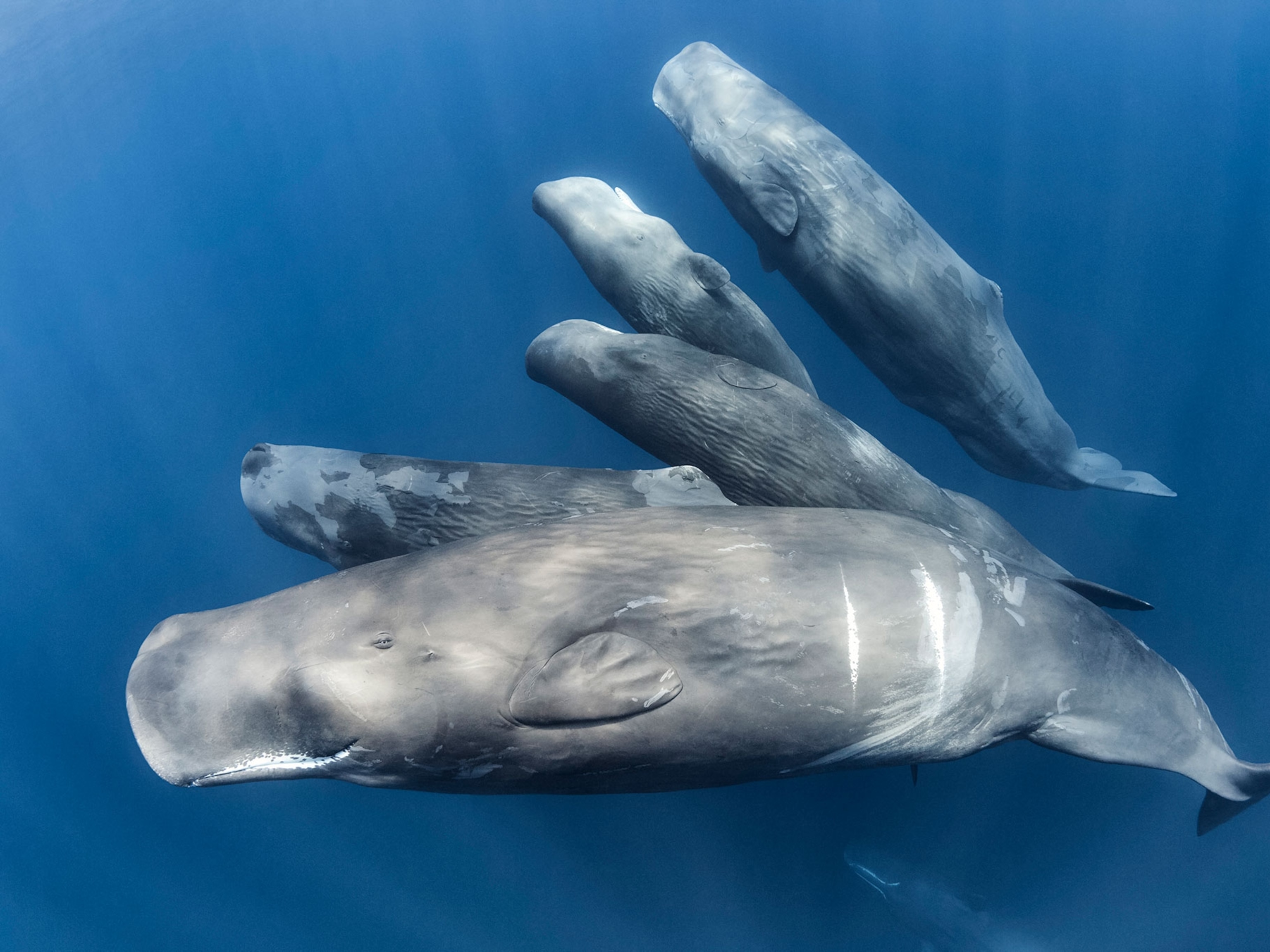
Dead whales are washing up on the East Coast. The reason remains a mystery.
The recent whale deaths have fueled misinformation that offshore wind turbines are to blame, but scientists say it's not the true culprit.
Since 2016, something strange has been happening on the U.S. East Coast.
Whale carcasses have increasingly been washing ashore, often in an advanced state of decomposition. There has been such a marked increase in reported humpback deaths that scientists at the National Oceanic and Atmospheric Administration (NOAA) have declared an Unusual Mortality Event (UME).
The cause of these deaths is hotly debated, with opponents of offshore wind farms recently claiming seismic surveys–a tool for determining where to place wind turbines—as well as the construction and operation of wind turbines are behind the deaths.
But scientists disagree, and they worry the political debate over offshore wind could distract decision makers from holding the true culprits accountable and preventing more whale deaths.
Experts like the Zoological Society of London’s Cetacean Strandings Investigation Programme (CSIP)’s Rob Deaville aren’t “at all” convinced that these deaths are related to wind farms.
Investigating the cause of death
While the recent elevation in East Coast strandings is concerning, thousands of sick, injured or lost marine animals beach themselves each year. This isn't the East Coast's first UME: in 1987, over 700 bottlenose dolphins were killed by a virus outbreak, and more than 1,600 met the same fate in 2013.
This time, the perpetrator doesn't seem to be a virus. NOAA’s fisheries department is currently investigating the 178 humpback whale mortalities reported between January 2016 and January 2023.
At this point, says a NOAA spokesperson "there is no evidence to support speculation that noise resulting from offshore wind site characterization surveys could potentially cause mortality of whales."
One factor potentially driving misinformation about offshore wind is how challenging it is to get conclusive results from a necropsy—the animal version of an autopsy.
Only around half of the whales beached in the past seven years could be examined. Performing a whale necropsy is immensely labor intensive, especially when they’re floating far offshore, stranded on remote or protected islands, or the corpse is highly decomposed.
Of those examined, about 40 percent had evidence of a ship strike or entanglement. The remainder were inconclusive.

Offshore wind impacts
Those concerned about wind energy question whether the noise from siting and constructing wind farms may impact marine animals’ feeding, mating, and communication.
The Bureau of Ocean Energy Management (BOEM) asserts these surveys—which project a narrow cone of sound and use the signal that bounces back to map the seafloor—are not likely to harm whales.
At up to 220 decibels, the sound they produce is quieter and less harmful than the 250-decibel seismic air guns used for oil and gas exploration, which can be heard around 2,400 miles across the ocean. They may not even be audible to species like humpbacks—the frequency of sounds air guns produce is out of the presumed hearing range of baleen whales, like humpbacks.
When wind farms are up and running, "there doesn't seem to be a great deal of impact" on cetaceans, says Harry Eckman, CEO of World Cetacean Alliance. The “fairly moderate” noise they generate “probably blurs into the background [of] far more significant” sound pollution like marine traffic, he adds.
Deaville agrees, saying if animals were disturbed, they would likely just move away from an area during installation.
Regulatory measures are in place to protect whales from industrial activity, including speed limits for vessels, protected species observers keeping watch—during acoustic monitoring, wind pile installation, and on deck—bubble curtains to muffle sound levels during construction, and rigorous reporting requirements if a vessel interacts with a protected species
What’s really killing whales?
Eckman points to the many other offshore wind farms around the world that haven't seen an increase in strandings. Trying to correlate the two in this area "doesn't make any sense," he says.
Scientists already know “the more likely reasons for strandings,” he continues. The ocean is increasingly filled with human threats: marine traffic, ghost gear, plastic pollution, microplastics, and noise pollution from naval sonar, shipping, and oil and gas exploration.
Industrial fishing is another threat that can injure or kill whales as bycatch, as well as depleting their food source.
Rising numbers of humpback whales—with many populations recovering since the U.S. outlawed whaling in 1971—increases the chance of a vessel encounter, and climate change also plays a role.
As a result of warming oceans, many animals are following their prey to new areas. This is bringing some whales closer to shore where they're more likely to come across boats—whether recreational, commercial, or fishing fleets targeting the same fish species.
"We're all seeing the world change around us and the marine environment is no exception," says Deaville.
More death’s expected to continue
While some cases are clear cut—there’s no doubt what killed the sperm whale found in Indonesia in 2018 with a stomach full of plastic—there’s not always such a definitive cause.
When an animal lives in a heavily polluted, overfished area with lots of shipping vessels, a combination of these factors could lead to its death. “Trying to tease apart individual causes is difficult,” says Deaville.
This cumulative impact “makes our job as conservationists really difficult,” adds Eckman because “we can’t just point to one thing”. He cannot understate the urgency in addressing these known threats.
The issue is only expected to get worse, he says, and unless everyone is held accountable, "it might just end up being too late."



